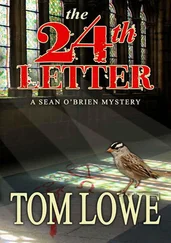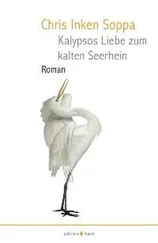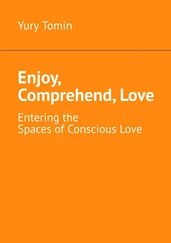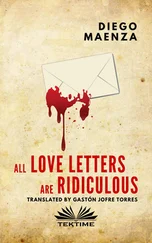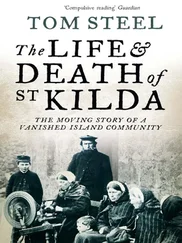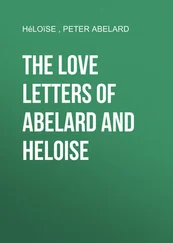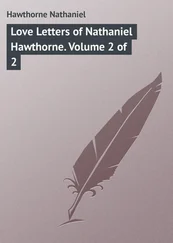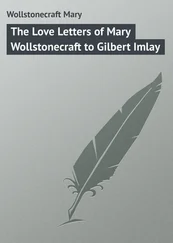The first industrial exhibition ever was organized by the Society for the Promotion of Arts, Manufactures, and Commerce in 1756 and 1757 in London. Primacy of place in the rest of Europe after that belongs to Prague, where the first exhibition was held in 1791 on the premises of the present-day Karolinum, on the occasion of the coronation of Leopold II as king of Bohemia. This exhibition was not yet called an exhibition in the true sense of the word, but rather a Collection of Goods . It may be worth recalling that the Austrian composer W. A. Mozart was commissioned by the Estates of Bohemia to compose an opera for the occasion. He managed this feat in 18 days’ time, and titled the work La clemenza di Tito .
The Prague Jubilee Exhibition of 1891, organized in honor of its modest predecessor of 1791, was an undertaking on an entirely different scale. The Jubilee Exhibition was divided into 27 groups with a total of 6,348 prizes awarded to exhibitors. From a financial standpoint, which is the primary area of concern to our bank, it is of significance to note that although there were 2,432,356 paying visitors in attendance for the 1891 Jubilee Exhibition, and the original budget was 1,132,000 guldens, the actual outlay was 1,606,522 guldens. As illustrated by these brief statistics, expenditures were thus nearly half a million guldens higher than originally planned, to be precise 474,522 guldens, a historic experience which the organizers of the Universal Czechoslovak Exhibition of 1991 would have done well to be aware of.
I further consider it necessary to clarify certain ideas that served to guide the exhibition. For example, the central palace was designated the Czech Temple of Labor . Statues representing agriculture and industry stood vigilant watch over the exhibition, of which the famous Czech poet J. Neruda wrote that it served “to stave off all manner of moral and material misery, to [assert] the equal right of all to the greatest achievements of the human spirit, to rally the various tribes of the human race toward an ardent campaign for the prosperity, welfare, and well-being of all humanity.” As we see, this excerpt expresses in artistic language the passionate enthusiasm that inspired, albeit for other reasons, the Universal Exhibition in 1991. Compared with the exhibition of 1791, however, no artist comparable to W. A. Mozart was involved in 1991.
Thirty-one years after the (1891) Jubilee Exhibition, the Prague Sample Fairs were launched, in 1920, on the same site in Prague, Stromovka Park. The first Prague Sample Fair was opened on September 12, 1920, at nine o’clock A.M. in the Industrial Palace on the same site (Stromovka). The opening speech was delivered by then Mayor of Prague Dr. Baxa, followed by an address by Prime Minister Tusar. It should be noted that his government handed in its resignation the next day, and therefore it was his last official speech as premier. The Prague Sample Fairs were intended to allow wholesalers to purchase goods from manufacturers before the spring and fall business seasons. The aim was to ensure that goods did not remain unsold in warehouses, so fairs were held in March and September. The fairs served their purpose for many years, and were very successful commercially, up until the economic crisis. The largest attendance at a Prague Sample Fair was in fall 1929, with roughly 560,000 visitors. Several years prior to that, in 1925, however, construction began on the famous Trade Fair Palace, which now houses the National Gallery. The building was supposed to be completed in fall 1927. The original plan was for four buildings, one for 40 million crowns, two for 50 million, and one for 26 million. Altogether, then, it was planned that the cost of all four buildings would be around 166 million crowns, but when other costs were factored in, the total rose to 190 million crowns. Then, however, the costs for the first building more than doubled, so work on the other three buildings failed to proceed. The sales crisis following World War I resulted in financial crisis for the Prague Sample Fairs, which the organizers attempted to solve by sending a train to the Balkans, where they hoped to acquire new customers. The man they put in charge of the train, Mr. Kamil Vrána, was a relative of the trade fair director. From October to December the train traveled across Slovakia and Subcarparthian Rus, through territory at that time belonging to Romania and Bulgaria. Stops, coordinated with promotional events at the trade fair in Prague, were made in the following towns: Oradea, Cluj, Timi  oara, Craiova, Bucharest, Rusçuk, Varna, Stara Zagora, Sofia, Galacs, and Ia
oara, Craiova, Bucharest, Rusçuk, Varna, Stara Zagora, Sofia, Galacs, and Ia  i. The campaign’s success, however, was difficult to evaluate and there was no attempt to repeat it. During the economic crisis of the thirties, the directors of the fairs did what they could to promote them. In 1929, for example, the Prague Sample Fairs participated in the selection of Miss Czechoslovakia, while the Trade Fair Palace hosted concerts as well as an exhibition of tsarist treasures.
i. The campaign’s success, however, was difficult to evaluate and there was no attempt to repeat it. During the economic crisis of the thirties, the directors of the fairs did what they could to promote them. In 1929, for example, the Prague Sample Fairs participated in the selection of Miss Czechoslovakia, while the Trade Fair Palace hosted concerts as well as an exhibition of tsarist treasures.
During World War II, in 1941, the buildings of the trade fair grounds were occupied by the Geheime Staatspolizei — Staatspolizeistelle Prag, aka the Gestapo. Later, the Zentralstelle für jüdische Auswanderung, or Central Office for Jewish Emigration, took over several pavilions. Prague’s Jewish inhabitants were sent from this site to their death in the concentration camps. Only one document survives documenting this history, referring to a few dozen discarded chairs “broken by Jews.” In 1942, Nazi Propaganda Minister Joseph Goebbels issued an order canceling all trade fairs on the territory of the German Reich. After the war, the Prague Sample Fairs were restored for a short period. The last one was opened on May 19, 1951, by then Prime Minister Antonín Zápotocký. Reportedly 122 special trains arrived in Prague with 208 shock workers. After that, the fairs were abolished.
The brief history we have assembled here demonstrates that there is but one conclusion we can draw from the past: the future, again, will be difficult. It seems the only thing we can be sure of is that it will be just as unpredictable as the past. If then our bank and our system of society are to exist in more or less approximately the same form as we know them today, it is in our opinion very likely that another “jubilee/universal” exhibition will take place in 2091. Certainly there will be societal pressures not to break with three hundred years of tradition. Therefore we would recommend transferring the debts from the 1991 exhibition to a special account established with an eye to a future exhibition in 2091. Given the national character of the three exhibitions in 1791, 1891, and 1991, with the latter linked to the fairgrounds in Stromovka, it can be more or less inferred that any potential future exhibition in 2091 will be held on the same site, i.e., in Stromovka. We therefore propose monitoring all activity in the area up until 2091, since based on our projections, political-commercial activity should increase proportionately as the date approaches. This will give our institution a head start on our competitors and, we hope, allow us to recover our bad debts, albeit with some delay. Our only wish is that the fairgrounds serve as a place of normal business activity and that no portion of the Czech population be deported anywhere in the future. This is unfortunately one of the potential outcomes in our detailed forecast. This potential negative scenario, however, falls outside the framework of analysis of our department and our financial house. In any case, were any negative signals to appear pointing in this direction, our banking house would most likely relocate to some other democratic country and give up on this region of Central Europe.
Читать дальше
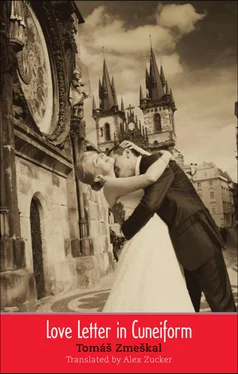
 oara, Craiova, Bucharest, Rusçuk, Varna, Stara Zagora, Sofia, Galacs, and Ia
oara, Craiova, Bucharest, Rusçuk, Varna, Stara Zagora, Sofia, Galacs, and Ia 